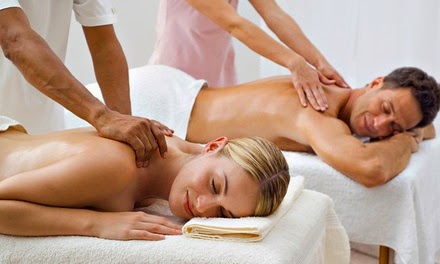Physical Benefits:
-Helps relieve stress and aids in relaxation.
-Helps relieve body aches; muscle tension and stiffness.
-Fosters faster healing of strained muscle and sprained ligaments; reduces inflammation and muscle spasms.
-Provides greater joint flexibility; range of motion.
-Improves posture; treats musculoskeletal problems.
-Opens sinus passages; promotes easier breathing.
-Helps relieve headaches.
-Improves circulation of blood and lymph fluids.
-Reduces blood pressure and strengthens the immune system.
-Nourishes skin; breaks adhesions and reduces the formation of scar tissue.
-Enhances athletic performance; rehabilitates injuries.
-Beneficial for overall health and well being.
Mental Benefits:
-Fosters peace of mind; centers the soul.
-Promotes serenity; calmness.
-Brings forth clarity; logical thinking.
-Enhances mental alertness; enthusiasm, creativity.
-Helps relieve anxiety; stress, anger.
-Eliminates depression; bad moods.
-Promotes optimism; feeling better about yourself.
-Satisfies the need for a caring nurturing touch; a genuine human connection.
-Creates mind, body and soul awareness; spiritual awakenings and revelations.
-Promotes serenity; calmness.
-Brings forth clarity; logical thinking.
-Enhances mental alertness; enthusiasm, creativity.
-Helps relieve anxiety; stress, anger.
-Eliminates depression; bad moods.
-Promotes optimism; feeling better about yourself.
-Satisfies the need for a caring nurturing touch; a genuine human connection.
-Creates mind, body and soul awareness; spiritual awakenings and revelations.













